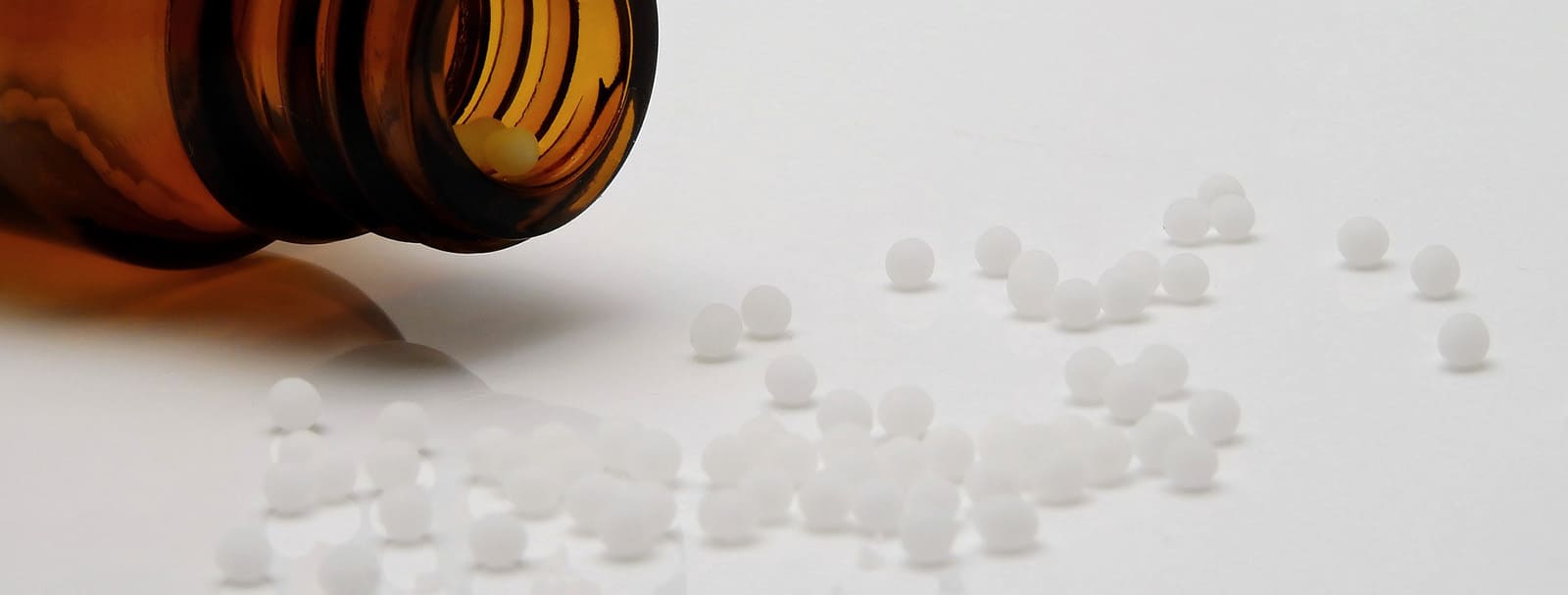What to do in case of emergency?
BackAnticoagulant Poisoning

URGENCY LEVEL Critical, vital emergency.
Seek immediate veterinary attention!
The prognosis is very good when the veterinarian intervenes
before the onset of internal bleeding symptoms.
FIRST AID AT HOME: None.
If possible, provide the veterinarian with the commercial name of the implicated product or its composition, if known. Veterinary poison control centers have a list of rodenticides and their compositions. Keep any packaging to hand if possible.
WHAT SYMPTOMS TO LOOK FOR?
The first signs of intoxication typically appear at least 48 hours after ingestion, most commonly 4 to 5 days after bait ingestion.
Intoxication is characterized by various, non-specific hemorrhages: blood in the stool, hemorrhagic vomiting, blood in the urine, nosebleeds, spontaneous bleeding through the skin (especially on the cat's paw pads), tears of blood or bleeding in the eye globe, variously located swelling (haematomas), pale gums (anaemia) with pinpoint or patchy bleeding.
Initial symptoms can sometimes be very discreet: weakness, hypothermia, pale gums.
In any animal showing unexplained weakness and having access to toxic baits (outdoors), anticoagulant intoxication should be suspected.
Haemorrhages may be visible:
- Blood in the stool
- Bleeding from the nose
- Spontaneous bleeding through the skin (especially on the cat's fingers)
- Tears of blood, blood in the eye
- Various locations of blood filled swellings
Or invisible:
- internal haemorrhages
Hemorrhages can also lead to, depending on their location, clinical signs such as coughing, lameness, or neurological disorders, accompanied by weakness and hypothermia.
These symptoms should be suspected in an animal showing unexplained weakness and having access to toxic baits (outdoors).
The delay (3 to 4 days on average) between anticoagulant ingestion and the onset of clinical signs complicates the diagnosis.